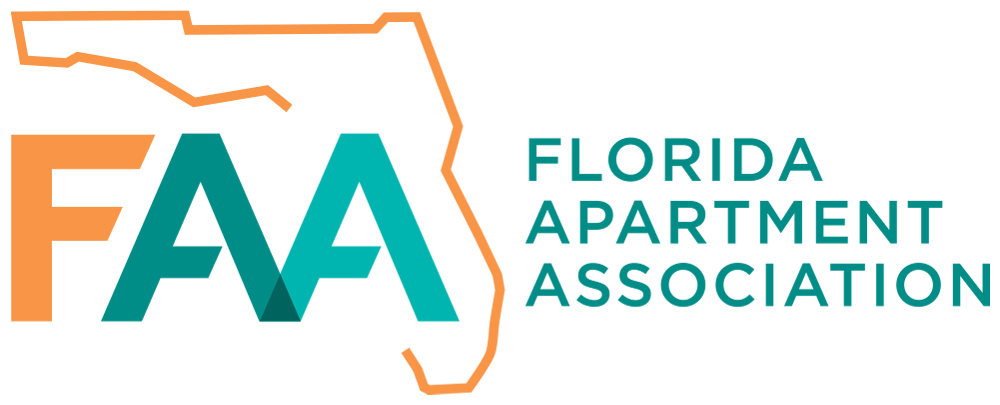FAA Update: Escape the Everyday through Teamwork
Escape the Everyday through Teamwork
By Josh Gold, CAE, CMP
FAA Executive Vice President
Picture yourself and a group of friends and colleagues trying to solve puzzles, answer riddles, and decode ciphers, all within an hour so you can complete a mission and “escape” from a staged scenario. This kind of entertainment venue is called an “escape room,” and it’s the latest trend across Florida and elsewhere for vacationing families, competitive groups of friends, and workplace teams.
The FAA staff has successfully made our escape from such a game, so a similar experience seemed like it would enhance the Executive Committee Retreat in February, which is an annual weekend for FAA’s volunteer leaders to take time out from day-to-day obligations — to escape, if you will — and focus on how to work together to accomplish the association’s goals for the year.
An escape room really is a test of teamwork. One participant might be completely stumped by a puzzle, while a teammate has it all figured out already. At the next clue, a different teammate takes point. Although teamwork is an essential method to solving problems and completing tasks, getting it right can be tricky at times.
In an article on Inc.com, research from Team Genius: The New Science of High-Performing Organizations, by Rich Karlgaard and Michael S. Malone, identifies some surprising facts about the right way to approach team building and teamwork.
Our recent escape room experience bore these out. For example, the ideal team size is between five and nine people. We had seven in the escape room. Having not enough people on the team can mean less discussion will take place, leading to ideas of lesser quality. Having too many people in the team can be a disorderly mess from which nothing productive is born. The article makes several other useful points:
- The most effective teams don’t have leaders. In the escape room, our strategy was to complete several tasks at once by splitting up and working on the puzzles in groups. This was effective because completing the tasks one by one would have taken much longer.
- Conflict within a team is essential. We didn’t necessarily have conflict in the escape room challenge, but people did have different ideas about how to approach a task. Total agreement and harmony is oftentimes a route to mediocrity. Different ideas, on the other hand, lead to finding the best idea with the greatest efficiency. The conversations that take place after completing escape rooms always include how the team would never have been able to get through it without each and every person.
- “Good chemistry” makes teams less effective. This idea basically means that without escape room experience, the diversity in the room included people of different ages, genders, socioeconomic backgrounds, and more. This means that we didn’t all approach situations in the same manner, making us more effective and productive.
- A chemical called oxytocin is released in the brain when bonding with a team. This means that working together in a group to complete a series of tasks can be more enjoyable than working by oneself. I definitely found this to be true after our escape room challenge. Even team members who'd noted that they had reservations going into the experience had fun. Working with a group of people not only is a bonding experience, but also promotes inclusion and camaraderie in the workplace because it allows everyone to have a voice. This can lead to smoother group work down the road.
Working well as a team takes thought and effort, but it can pay off in efficiency, effectiveness — and fun.
